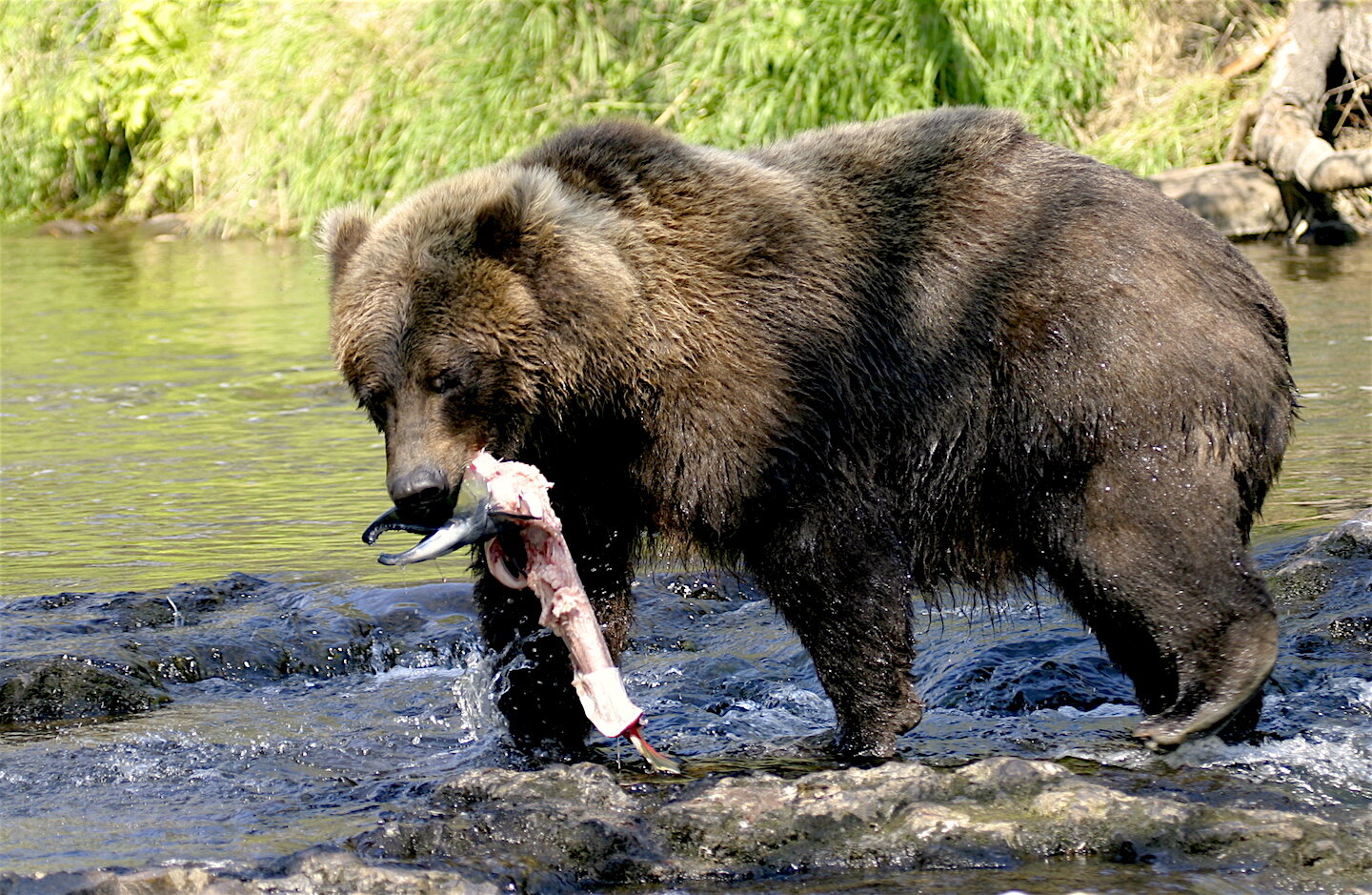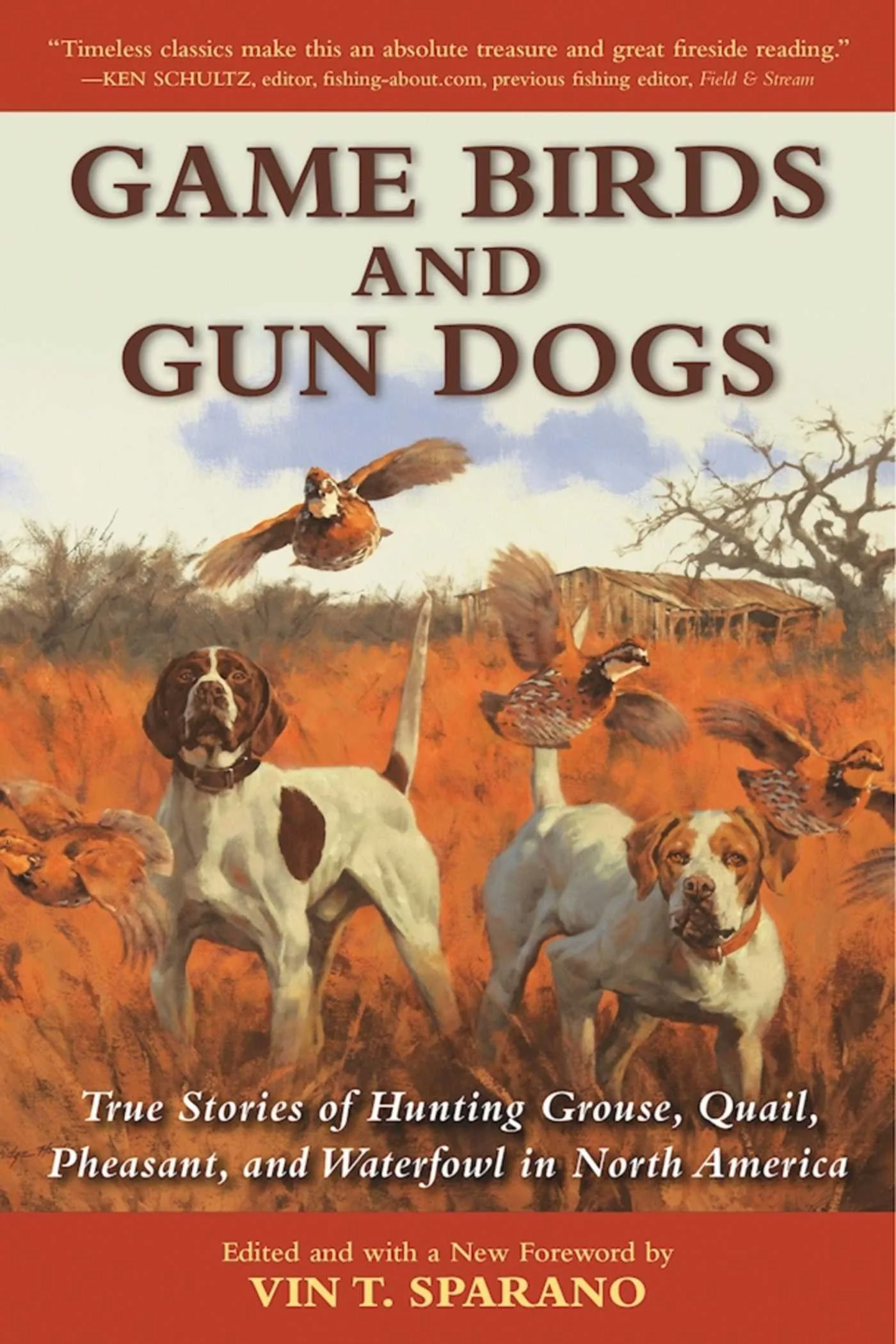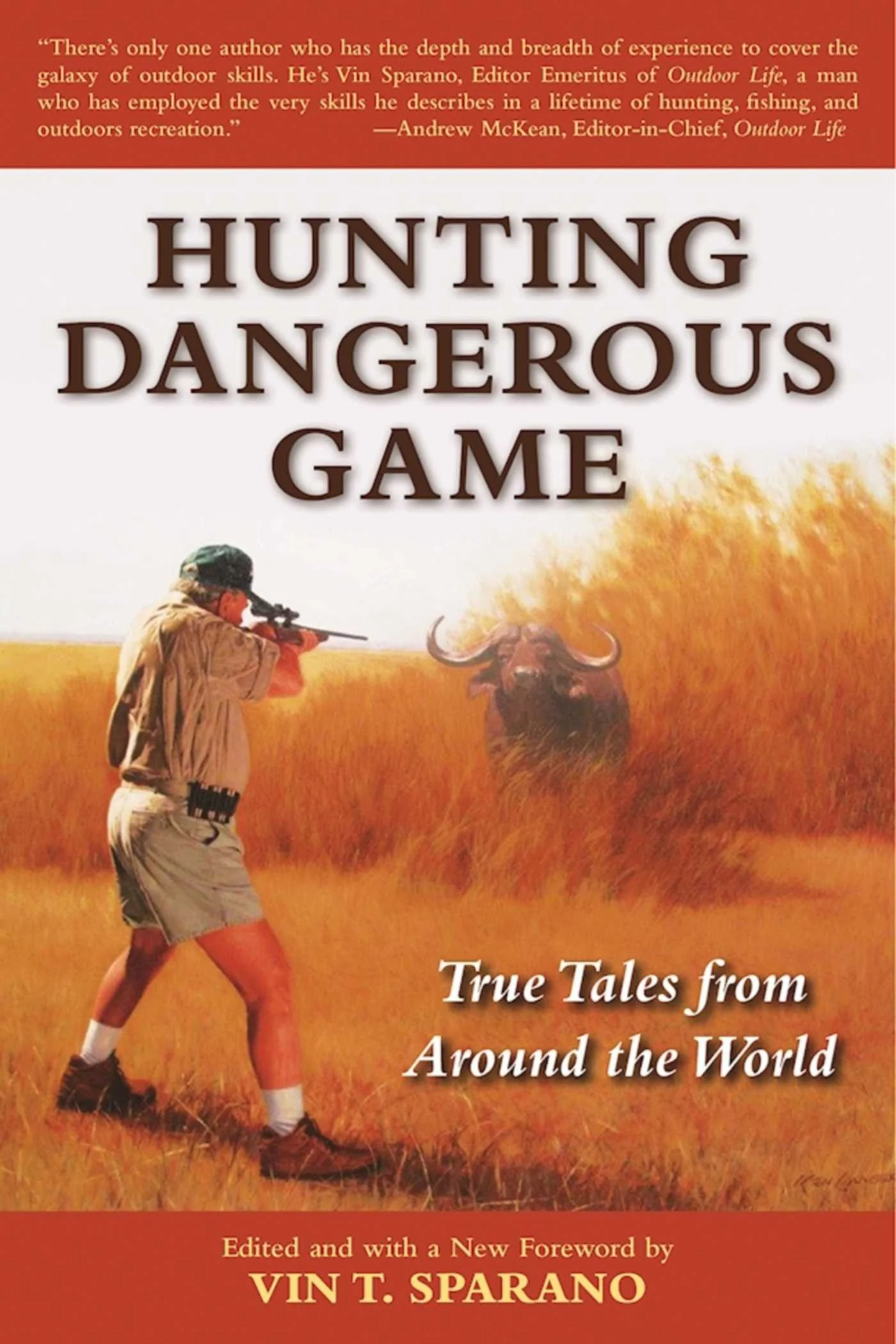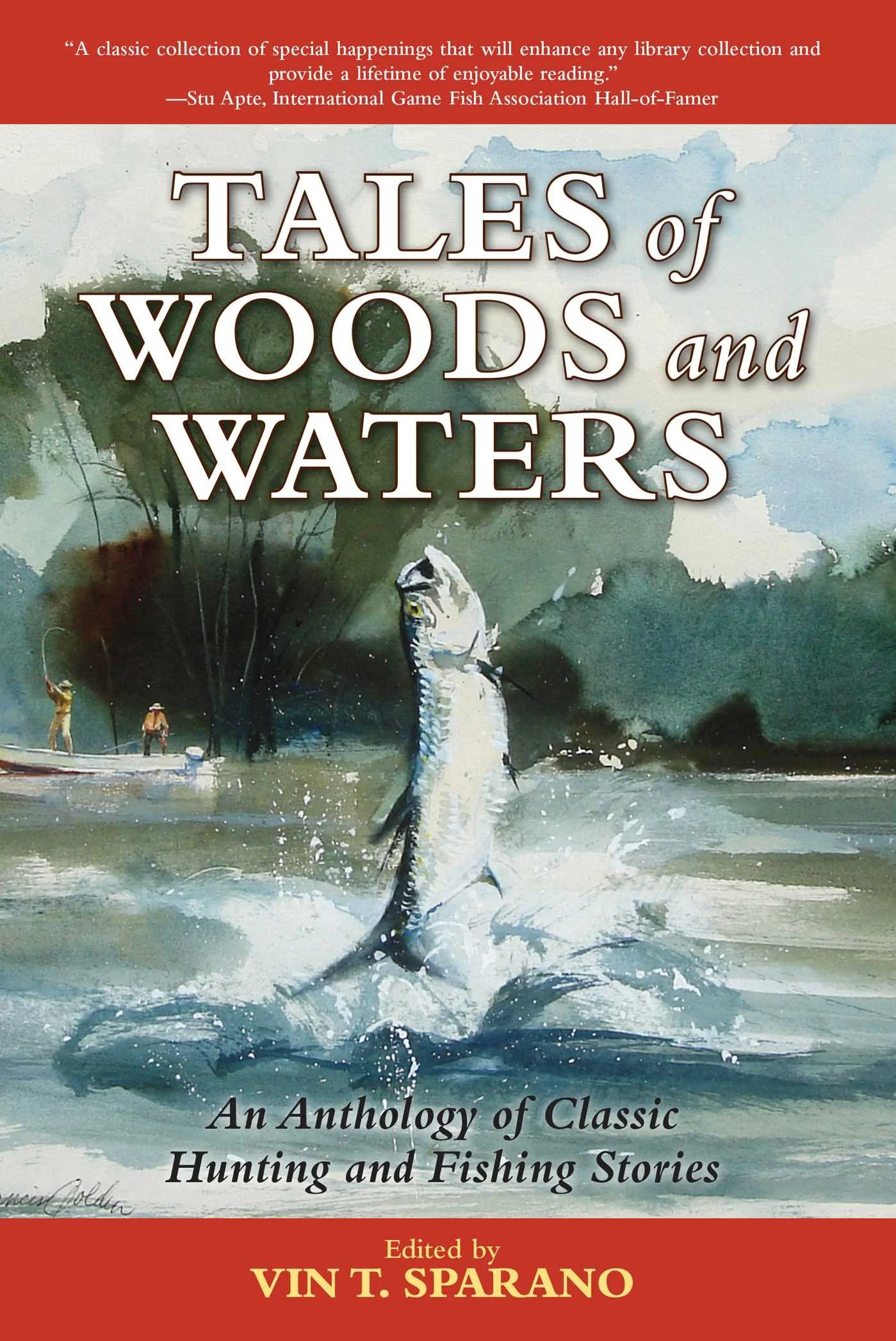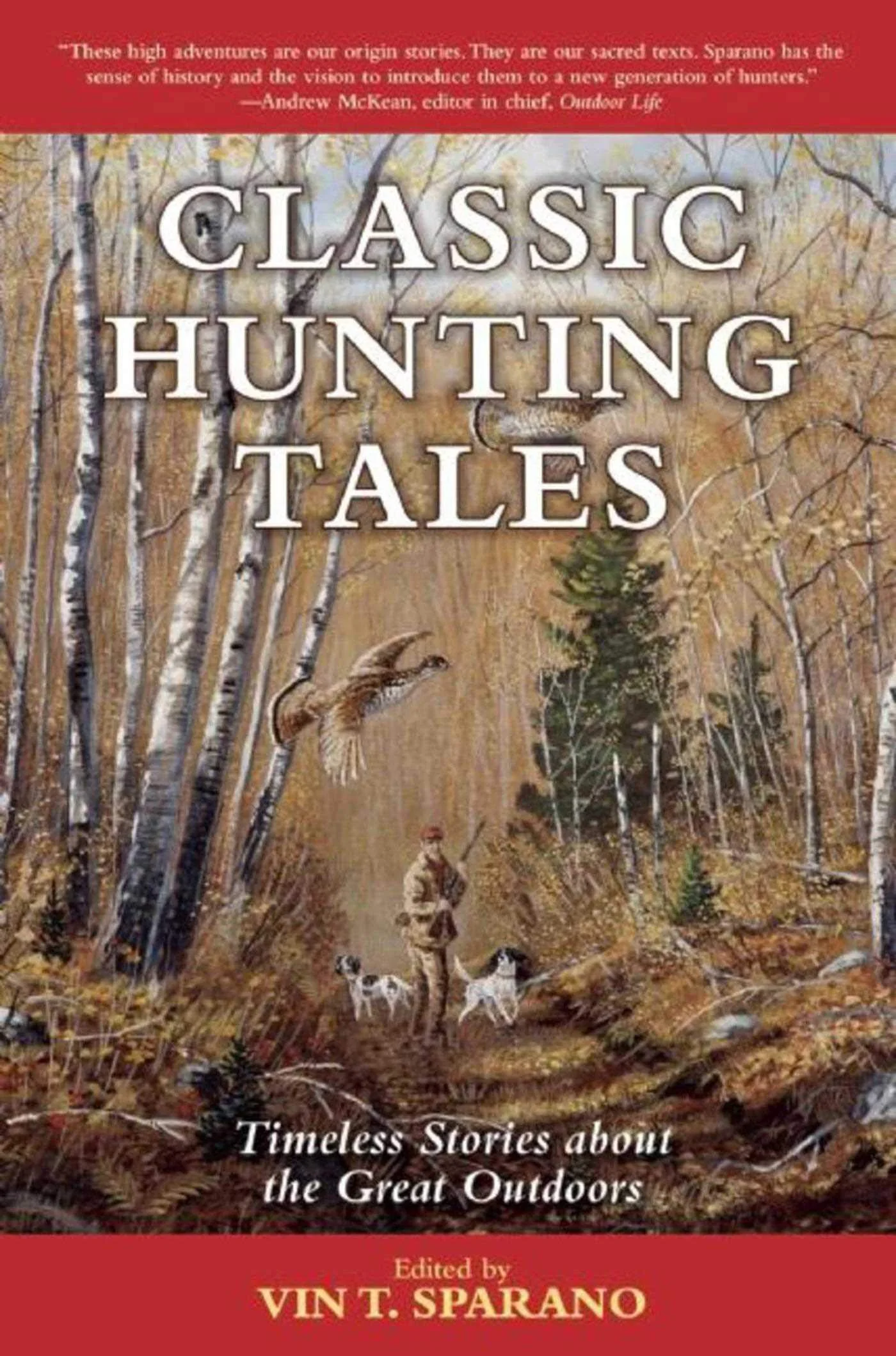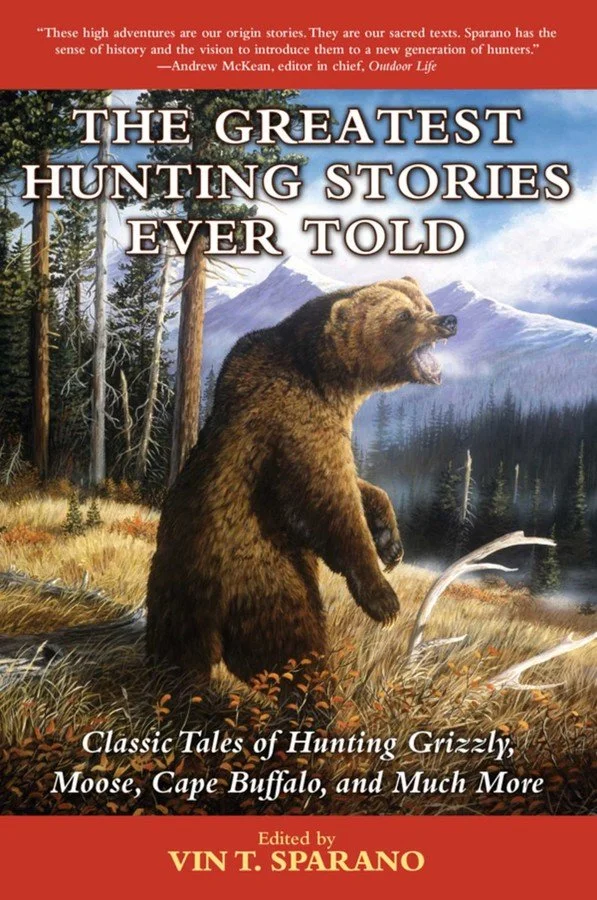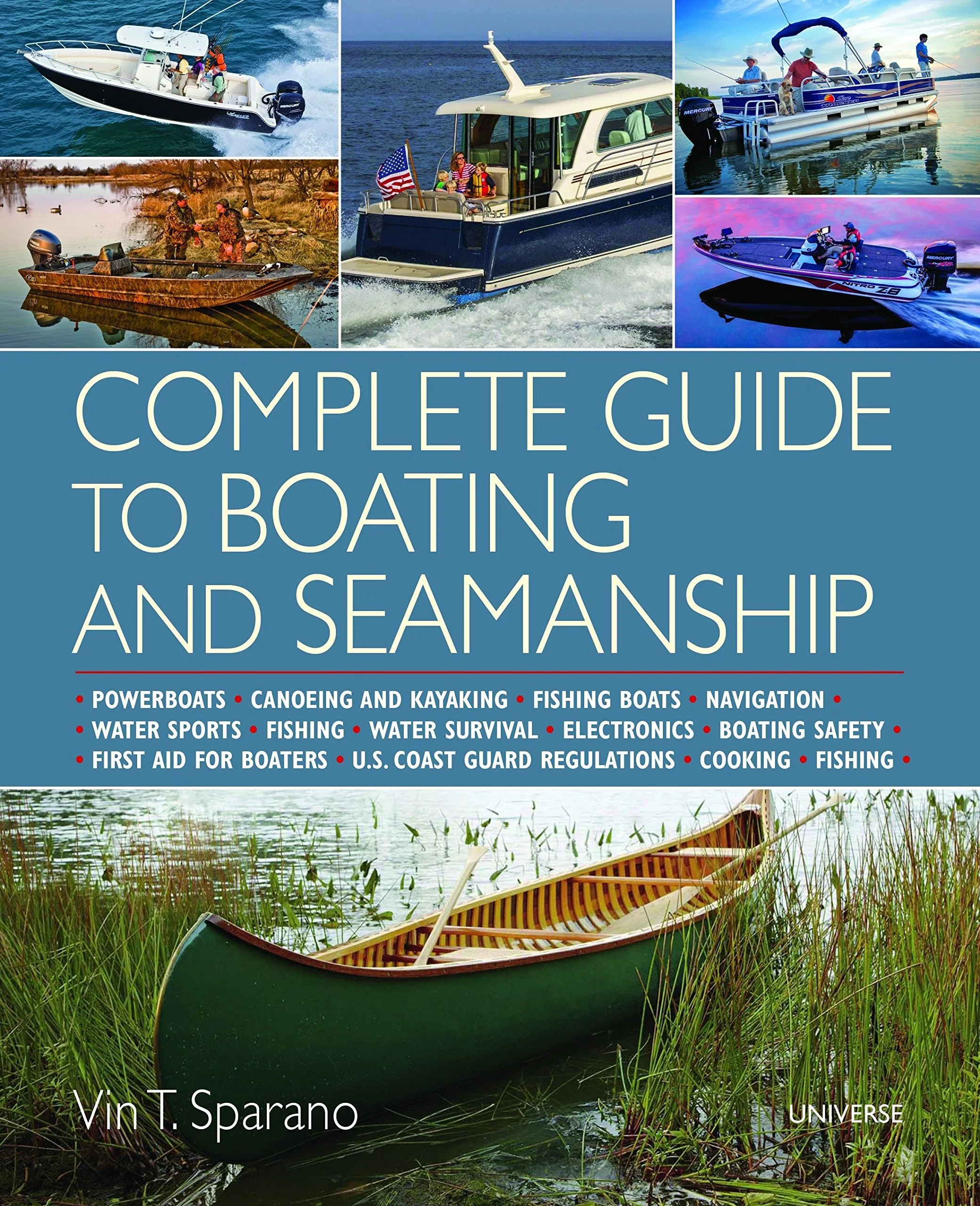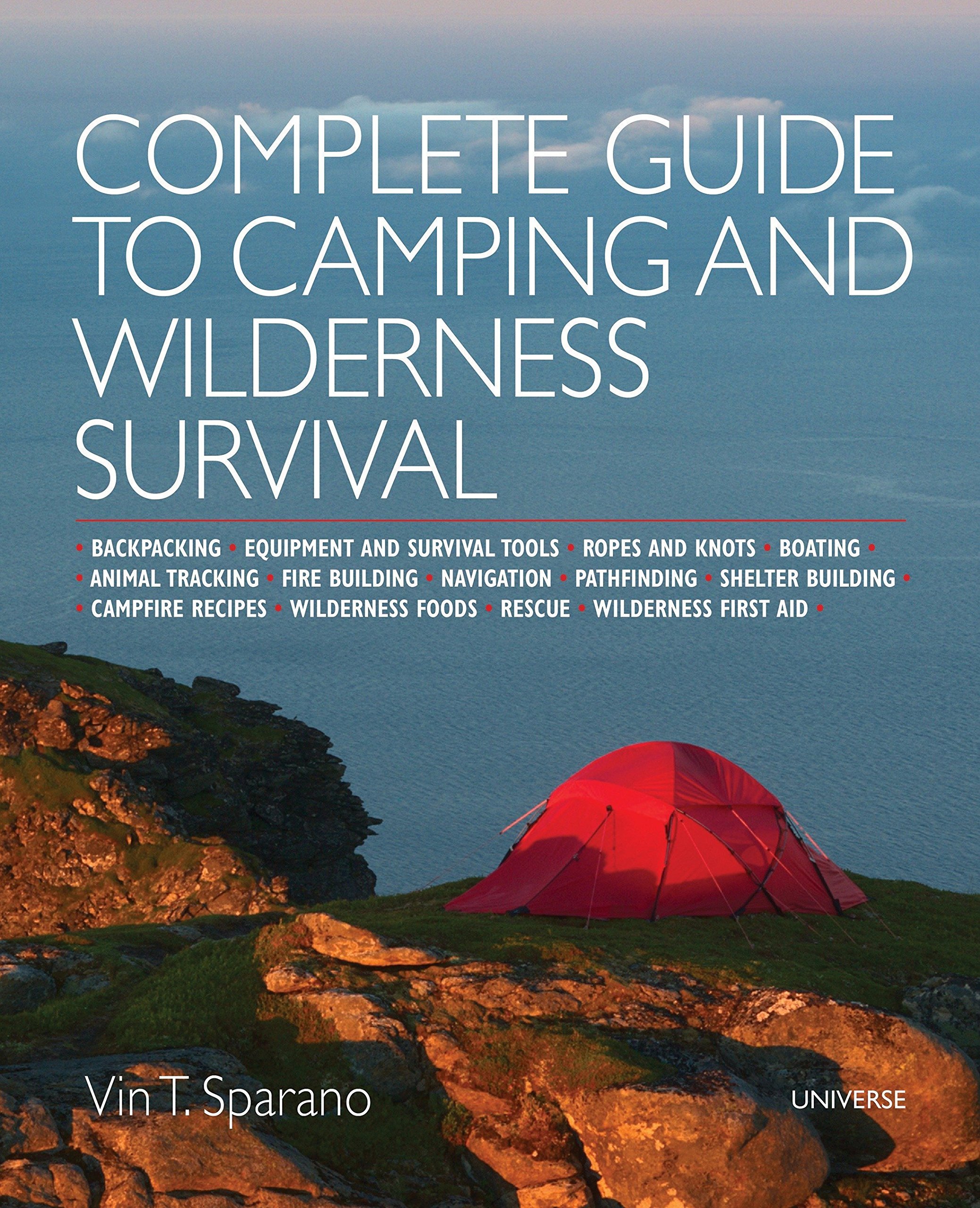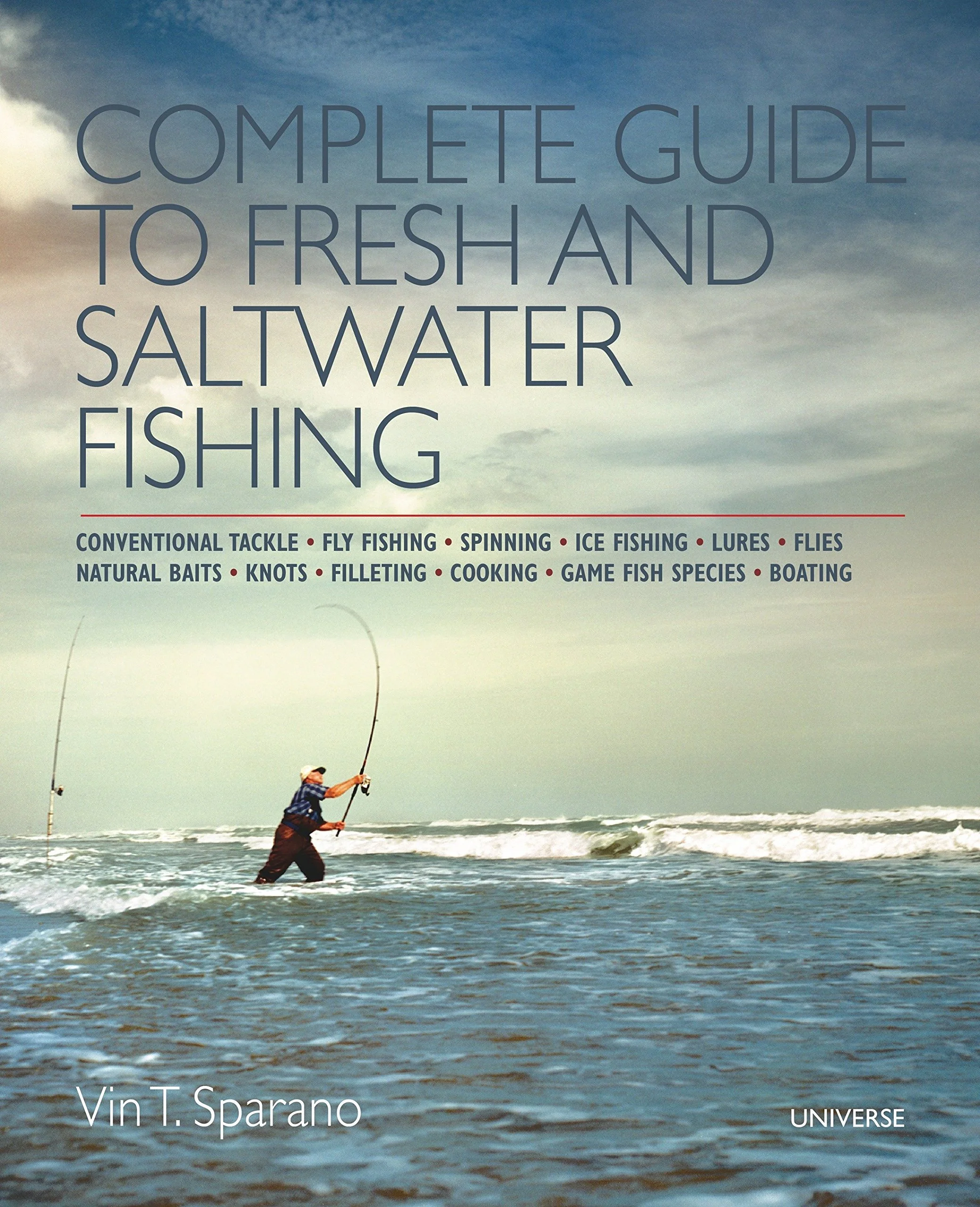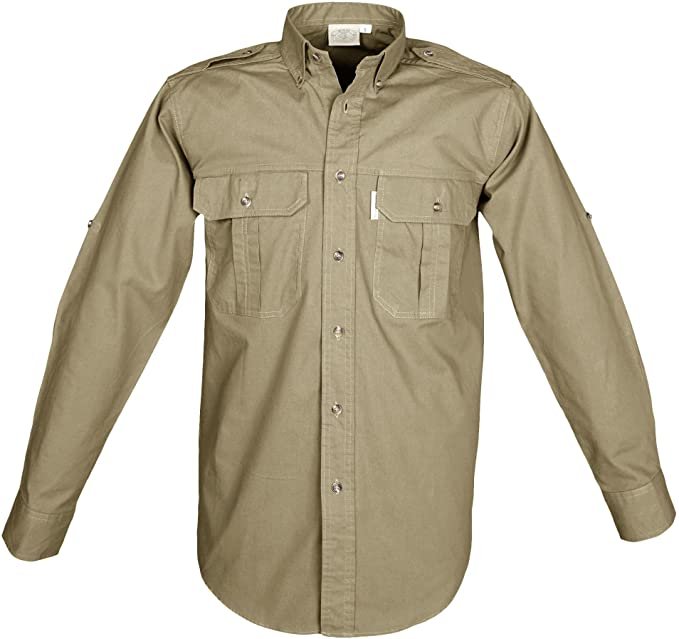Premium Factory Ammo Bears Testing
I have had the satisfaction of handloading metallic rifle cartridges since the late 1960s, but these days I find myself hunting with premium factory ammo more and more. My buddy’s brown bear hunt with AlaskaExpedition.com last fall affirmed why.
A Black Bear Hunter Chooses Premium Factory Ammo for His Big Brown Bear Encounter
Tom Claycomb and I indulged a “dream hunt” to Alaska last year, one of those do-it-all cast-and-blasts during which we tried to hunt every finned, feathered and furred critter we legally could. Our only furred success was a bear. But not just any bear. An Alaskan brown bear, arguably the largest bear in the world. And premium factory ammo did the heavy lifting.
Mr. Claycomb — a cowboy, hunter, cook and professional meat cutter for 40 years — loves to hunt black bears and make smoked sausage, among other delicacies. Until last fall, he’d never hunted a grizzly or brown bear. So he had questions and concerns. Like what bullet should he fling at this potential Tom-eater bear and what cartridge should he use to throw it?
Fearing that his black bear rifle might not be up to the task, Tom hired a new Mossberg Patriot in 338 Winchester Magnum for the job. This belted magnum, first introduced when Elvis was a big star on AM radio in 1958, spits a 250-grain bullet about 2,700 fps. That’s sufficient to discourage any bear -- but you have to use the right bullet.
Essential Bullet Characteristics for Big, Tough Game
Velocity is essential for downrange ballistic performance, but for terminal performance on a large, heavily muscled, heavily boned predator — one capable of inflicting severe terminal performance of its own — two other things are essential: deep penetration and enough expansion for maximum tissue destruction. To balance those, bullets must be heavy, which keeps them moving after impact. Hunters typically refer to this as “momentum.” Physicists call it inertia, the tendency for an object in motion to remain in motion in a straight line unless acted upon by another force. In the case of big brown bears, that “force” would be hair, hide, muscle and bone. You want your bullet to get through all of it, not break into pieces, stop or get deflected.
Expansion (mushrooming) is critical because it increases bullet frontal area, the flattened nose that impacts heart, lung and artery tissues. This is important for increasing vital organ trauma. You see, animals expire from loss of blood. When freshly oxygenated blood no longer reaches the brain, the animal falls unconscious. Brain cells die within 10 minutes, but the animal is essentially “out of it” in a few seconds. During those seconds, however, it can function quite effectively and run away — or run toward you to hammer home exactly what it thinks about you and your puny rifle. At such times you begin to understand why bullet expansion is important.
This need for penetration AND expansion presents a problem. Bullet expansion increases friction and that slows momentum. Increased velocity can offset this, but not if it also increases expansion, which it usually does. The faster a given bullet material (gilding metal and lead, for instance) lands, the greater the kinetic energy and the greater the mushrooming. Compare tapping the nose of a bullet with a hammer to pounding it with all the force you can muster. So, a big brown bear bullet needs to have enough structural integrity to stay in one piece, be malleable up front to expand — but not too much — and carry enough mass in its shank to continue driving the expanded nose through about three feet of bear.
That’s asking a lot, but the right bullet can do it. Tom hired a 250-grain Nosler Partition for the job. It was a Federal Premium Vital-Shok load rated by Federal to launch at 2,660 fps. That’s sufficient to generate 3,928 foot-pounds of energy. Compare that to what the 30-06 puts out with a 180-grain bullet (2,914 foot-pounds) and you begin to understand the 338 Winchester Magnum.
How the Premium Factory Ammo Performed
So how did it work out? One shot, one brown bear. The bullet broke the bruin’s front leg, penetrated through both lungs and exited the opposite side. As often happens, the bear launched itself out of the river and ran as far as it could through the alder thicket until its blood pressure fell too low. We found it stretched out in mid-stride about 50 yards from the point of impact. (You can see the shot in this video on You Tube.) Even our Master Guide, Charles Allen, inventor of Diamond Blade Knives, was impressed by that 338 Winchester Magnum bullet's performance.
So what made the Partition work like this? Externally the bullet looks like a typical cup-and-core bullet from the mid-20th century. But instead of a lead core squeezed into a thin gilding metal jacket, the Partition includes a thicker, tapered jacket plus a transverse wall separating the nose lead from shank lead crimp-locked in the rear. The nose expands in the usual way, often separating from the jacket or tearing into two or more chunks during impact. The partition wall stops expansion. The shank remains in one piece to continue driving forward. Simple. Proven. Effective.
Premium Factory Ammo Options Abound
The availability of bullets like the Nosler Partition on factory ammunition is a big part of the reason I’m handloading less and less. Back when I started hand loading metallic cartridges you couldn’t buy factory ammo with high quality bullets like this. These days, you can. In addition to the Partition, Federal also loads tough, premium big game bullets such as the Trophy Bonded Tip, Trophy Copper, Trophy Bonded Bear Claw, Swift A-Frame, Trophy Bonded Sledgehammer Solid, and Woodleigh Hydro Solid. Other brands like Winchester, Hornady, Remington, Swift, and Nosler itself offer premium bullets on loaded ammo, too.
If you are stuck with last century's bullets, do yourself a favor and investigate the new, premium factory ammo and bullets now on the market. Factory ammunition has come a long way, and we are the beneficiaries -- but only if we shoot it.
Writer and outdoorsman Ron Spomer started hunting with cup-and-core bullets in the 1960s. He has experimented with an ever-growing inventory of premium bullets and premium factory ammo ever since, using it around the world for everything from dik dik antelope to Cape buffalo and Kamchatka brown bear.


